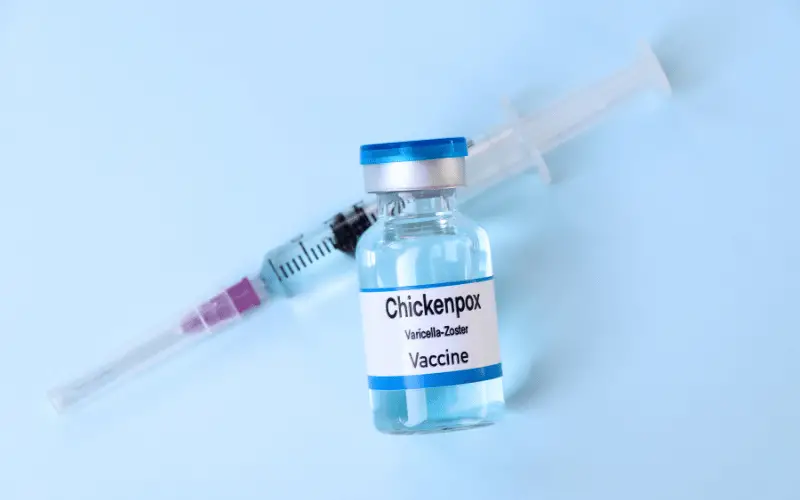Introduction: Delving into the World of Chickenpox
Chickenpox, a term that often conjures images of itchy, red spots and childhood days spent in quarantine, is more than just a rite of passage for young children. It’s a medical condition caused by the varicella-zoster virus (VZV), a member of the herpesvirus family. This illness is known for its contagious nature and distinctive symptoms, primarily affecting children, though it doesn’t spare adults. Understanding chickenpox is crucial not only for those affected but also for the broader public health perspective.

At the heart of chickenpox lies the varicella-zoster virus. This virus, upon entering the human body, primarily through respiratory routes or direct contact, begins a cycle of infection that manifests as the well-known chickenpox symptoms. The illness is most notorious for its skin rash that progresses from red spots to fluid-filled blisters, eventually crusting over. However, chickenpox’s impact isn’t limited to the skin; it can cause fever, fatigue, and discomfort, reflecting a systemic infection.
A critical aspect of chickenpox is its high contagion. The virus can spread effortlessly in schools or family settings, making it a public health concern. It’s typically transmitted through airborne particles from an infected person’s coughs or sneezes or through direct contact with the fluid from chickenpox blisters. Remarkably, a person with chickenpox becomes contagious 1 to 2 days before the appearance of the rash and remains so until all the blisters have crusted over.
Addressing misconceptions about chickenpox is also vital. While many consider it a harmless childhood illness, it can have serious complications, particularly in infants, adults, pregnant women, and individuals with weakened immune systems. Complications can range from bacterial infections of the skin and soft tissues to pneumonia and even neurological disorders.
The introduction of the varicella vaccine has dramatically changed the landscape of chickenpox. Once a ubiquitous childhood disease, widespread vaccination programs have significantly reduced the incidence and severity of chickenpox. The vaccine not only protects against chickenpox but also reduces the risk of later developing shingles, a painful condition caused by the reactivation of the varicella-zoster virus in adulthood.
Cause 1: Initial Infection – The Onset of Chickenpox

Chickenpox begins with the varicella-zoster virus (VZV) invading the body. This initial contact typically occurs in childhood and is marked by VZV entering the body through the respiratory tract or direct contact with the rash of an infected individual. The virus is highly contagious, spreading easily through coughs, sneezes, or the fluid from chickenpox blisters. Once inside, it incubates, often without symptoms, before manifesting as the classic chickenpox rash.
Initially, the infected person might experience mild flu-like symptoms – fever, headache, and a general feeling of malaise. These symptoms can be misleading, as they are common to many other illnesses. Within a few days, the telltale rash appears, starting as small, red spots that develop into itchy, fluid-filled blisters over the entire body. The rash goes through several stages, eventually forming scabs that fall off.
A pivotal aspect of chickenpox’s initial infection is its high contagiousness. A person with chickenpox can spread the virus from a day or two before the rash appears until all the blisters have formed scabs. This period, often before the disease is visually identifiable, makes containment challenging. This is why chickenpox was so widespread in pre-vaccine times, especially in environments like schools.
While typically mild, chickenpox can lead to complications, particularly in certain high-risk groups like newborns, adults, pregnant women, and individuals with weakened immune systems. Complications can range from secondary bacterial infections of the skin and soft tissues to more severe outcomes like pneumonia or, rarely, neurological conditions.
The most effective way to prevent chickenpox is through vaccination. The varicella vaccine, introduced in the mid-1990s, has dramatically reduced the incidence and severity of chickenpox. The vaccine is typically administered in two doses, with the first dose given to children around 12 to 15 months and a second dose at 4 to 6 years of age. (1)